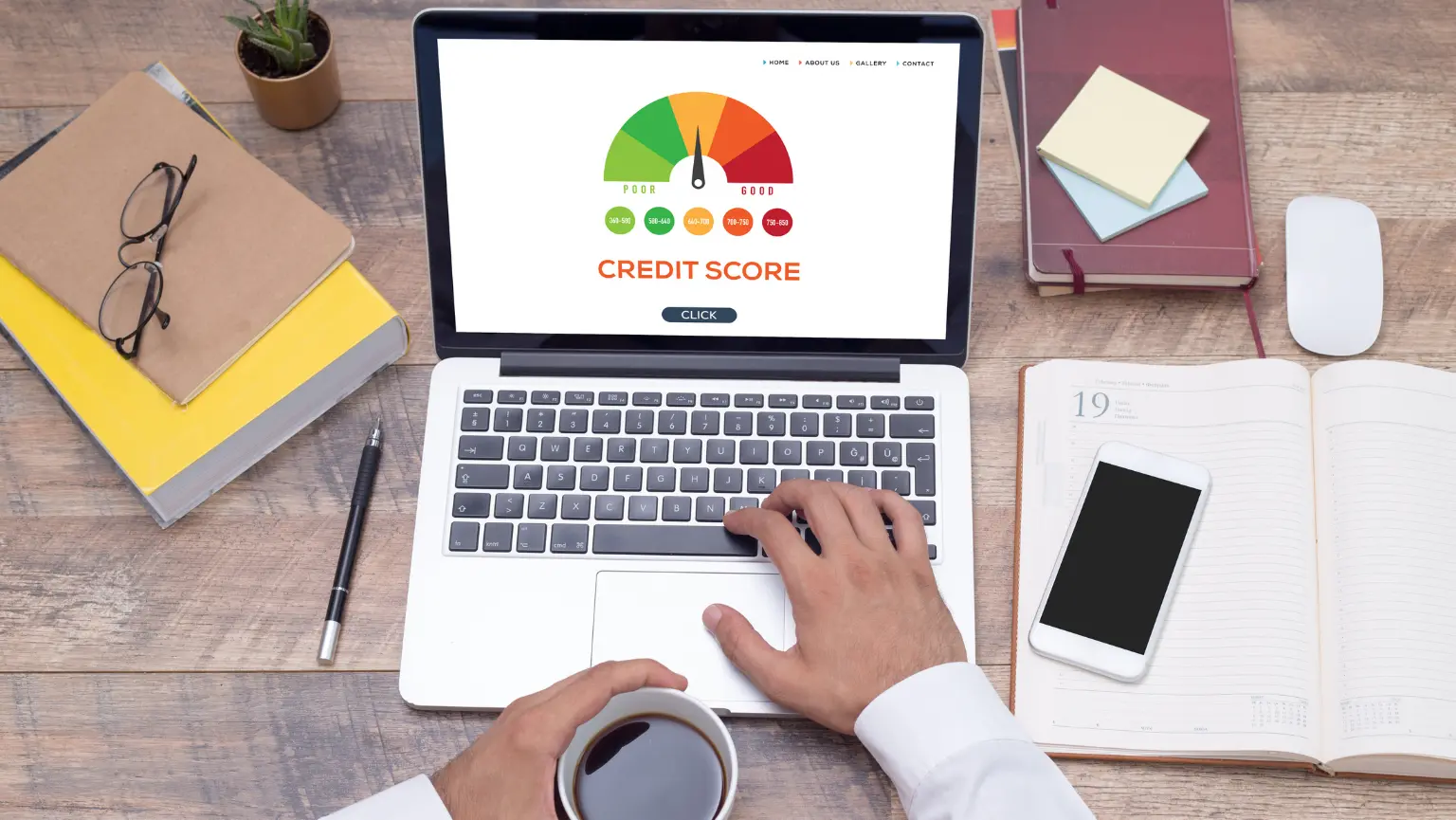
Raising your credit score from 500 to 700 can make a significant difference in your financial life, unlocking better loan terms, lower interest rates, and improved access to credit. Although the process requires time and dedication, following a clear set of steps will help you reach your goal and build a healthier financial future.
Review Your Credit Profile
Get your credit reports from TransUnion, Equifax, PFScores and Experian first. Each bureau provides a free report annually, which you can access online. Go through each report thoroughly to spot any errors, outdated information, or unfamiliar accounts. If you notice inaccuracies, file a dispute with the relevant bureau to have them corrected. Ensuring your credit history is accurate is the foundation for any improvement.
Understanding what goes into your credit score is also essential. The main components include payment history, amounts owed (credit utilization), duration of credit history, credit categories, and current credit inquiries. Knowing these factors will help you prioritize your efforts.
Make Timely Payments a Habit
Your credit score is primarily influenced by your payment history. Missing payments or paying late can have a lasting negative effect, especially when your score is already low. Commit to paying all your bills—credit cards, loans, utilities—on or before their due dates.
To keep yourself on track, think about establishing reminders or automatic payments. Some credit bureaus also allow you to add positive payment records from utility and phone bills, which can further support your credit-building journey. If you regularly make your payments on time, your credit score will progressively increase.
Lower Your Credit Card Balances
Your score is significantly influenced by your credit use, or how much credit you’re using in relation to your entire credit limit. Aim to keep your utilization below 30%, and ideally under 10%. For example, if your combined credit limit is $5,000, try not to carry a balance higher than $1,500.
Paying down existing balances is one of the fastest ways to improve your score. Avoid using your cards for large purchases until you’ve reduced your debt. Spreading out your balances across multiple cards can help you maintain low use on each one.
Keep Long-Standing Accounts Open
Your score is also affected by how old your credit accounts are. Older accounts demonstrate a longer history of responsible credit use, which lenders view favorably. If you have credit cards or loans you’ve had for years, keep them open and active, even if you don’t use them often.
Your credit score may suffer if you close old accounts since you may have less available credit and a shorter average credit history. Use older cards occasionally for small purchases and pay them off to keep them in good standing.
Diversify Your Credit Types
Having a mix of credit accounts—such as credit cards, installment loans, and retail accounts—can benefit your score by showing you can manage different types of credit. If your profile is limited to just one type, consider responsibly adding a new type, like a secured credit card or a small personal loan.
However, avoid opening too many new accounts at once, as each application can result in a hard inquiry and temporarily lower your score. Add new credit only when necessary and space out your applications.
Limit Applications for New Credit
Every time you apply for new credit, a hard inquiry appears on your report. Several queries in a short amount of time may indicate risk to lenders and result in a reduction in your credit score. Only apply for new credit when it’s essential for your needs.
Focus on efficiently managing your existing accounts before requesting more credit. This approach helps maintain a stable credit profile and supports ongoing improvement.
Monitor Your Progress
Regularly checking your credit score and reports helps you track your progress and quickly address any issues that arise. Many services offer free credit monitoring and alerts for changes to your report.
Monitoring allows you to see how your actions affect your score and make any necessary adjustments to your strategy. It also helps you spot signs of fraud or identity theft early.
Practice Patience and Consistency
Improving your credit score from 500 to 700 is a gradual process, often taking several months to over a year depending on your financial habits. Stay committed to making timely payments, keeping balances low, and avoiding unnecessary credit applications.
Building a strong credit score is about developing lasting financial habits. With steady effort and patience, you’ll see your score rise and your financial options expand.
Learn now How to Raise Credit Score 100 Points Fast.
Conclusion
Raising your credit score from 500 to 700 involves reviewing your credit reports, making payments on time, reducing credit card balances, keeping old accounts open, diversifying your credit mix, limiting new credit applications, and monitoring your progress. You may improve your credit profile and get more financial independence by regularly completing these steps.
FAQs for Raise Your Credit Score from 500 to 700
Improving your credit score from 500 to 700 usually takes between 6 months to 18 months, depending on your financial habits and how quickly you implement positive changes.
Paying off debt helps reduce credit utilization, which positively impacts your score, but consistent on-time payments and maintaining good credit habits are also essential for lasting improvement.
Generally, closing old accounts can lower your credit score because it reduces your available credit and shortens your credit history. It’s better to keep old accounts open and use them occasionally.
Credit utilization is the percentage of your available credit that you’re using. Keeping it below 30%, ideally under 10%, shows lenders you manage credit responsibly and helps improve your score.




